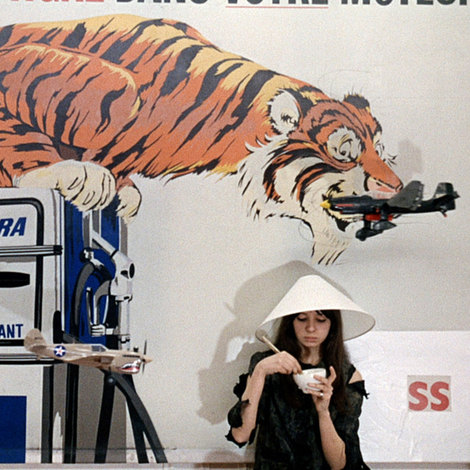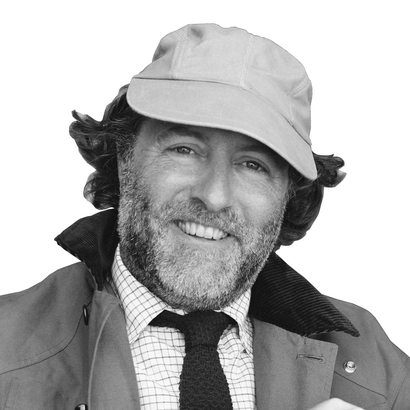New Yorkers are understandably filled with dread when a beloved institution is reimagined. The improvement is usually short-lived, if at all, and the next thing you know the Oak Room or Bill’s Gay Nineties is wiped from the map. We’re cut off from what we loved about the good old days of the city. Manhattan, alas, is indifferent to nostalgia.
But every now and then, change is welcome. Le Veau d’Or, the Upper East Side French bistro, reopened last week after a renovation that took five years, thanks to the coronavirus. And it’s a triumphant return, complete with exceptional duck magret and gigot of lamb, and, for the more committed, tripe and tête de veau. The bar still has six seats, and the black-and-red floor has been buffed so that it gleams with all its former romance.

Situated behind a discreet door on East 60th Street, the restaurant has been a neighborhood standby since 1937. You might easily have missed it the last time you walked by because it’s gone through a few iterations and owners, evolving across the decades from a high-end French restaurant—in the vein of other New York classics such as Le Cirque, Lutèce, and La Grenouille—to a more understated affair.

Le Veau d’Or was a favorite of actors, editors, and writers. It was patronized by Orson Welles and Marlon Brando, two men who knew a few things about eating well. And in recent years, Gay Talese, who lives in the neighborhood, and was a Gino’s habitué, until that place closed its doors, kept his own martini glasses behind the bar. The staff knew that he liked the shaker presented at the table with the glasses. It kept the cocktail cold, and no extra would go to waste.
In 2019, Lee Hanson and Riad Nasr, the chefs and owners behind Frenchette and Le Rock, bought Le Veau d’Or from Catherine Treboux, who owns the rest of the building and still lives upstairs. “We’d spoken to her for a few years,” Hanson says, indicating their interest in taking over.

It was not until Treboux saw what the duo did with Frenchette that she thought they were the right people to guide Le Veau d’Or through its next chapter. She called Hanson and Nasr, quickly agreed to terms, and renovation was set to begin. But the pandemic had other plans, and the renovation was stopped in its tracks.
“We came in a year ago, and it was like a horror film,” Hanson recalls. “The tools were exactly where they left them years ago. It was eerie.”

Earlier in their careers, Hanson and Nasr had been chefs at Balthazar and oversaw the opening of Minetta Tavern. When they struck out on their own, they created the Tribeca restaurant Frenchette, which is simultaneously classic and modern—a committed bistro menu with a natural-wine list in a gorgeous room. The same balance is on display at Le Veau d’Or. They knew enough to not mess with a winning equation. “Even in the last days of the old place the tripe was still good,” Nasr recalls. And they brought a light touch to the renovation. “We didn’t want to detract from what made the place great.”
There are some features of the old restaurant that will be impossible to replicate. Catherine used to warmly greet guests (“Bonjour, mon cheri! ”) and would quietly open her mail at the banquette next to the bar. The crowd was the last of the Upper East Side eccentrics—you might have seen a Bermuda Sailing club tie, a man in an eye patch, or Whit Stillman. But the celery remoulade was on its last legs. Fortunately, for those who remember those golden days, there’s a connection with the old place—Catherine’s son Derek Summerlin is now the maître d’.

What do the regulars think? Gay Talese had already been in by the time of the official opening. It was a hot summer day. “We were ready for the martini the way he liked it,” Hanson says with a laugh. But he ordered a gin-and-tonic before moving on to beer.
“Maybe he’s open to a new thing, and we are, too.”
David Coggins is the author of four books, including The Optimist and The Believer: A Year in the Fly Fishing Life


